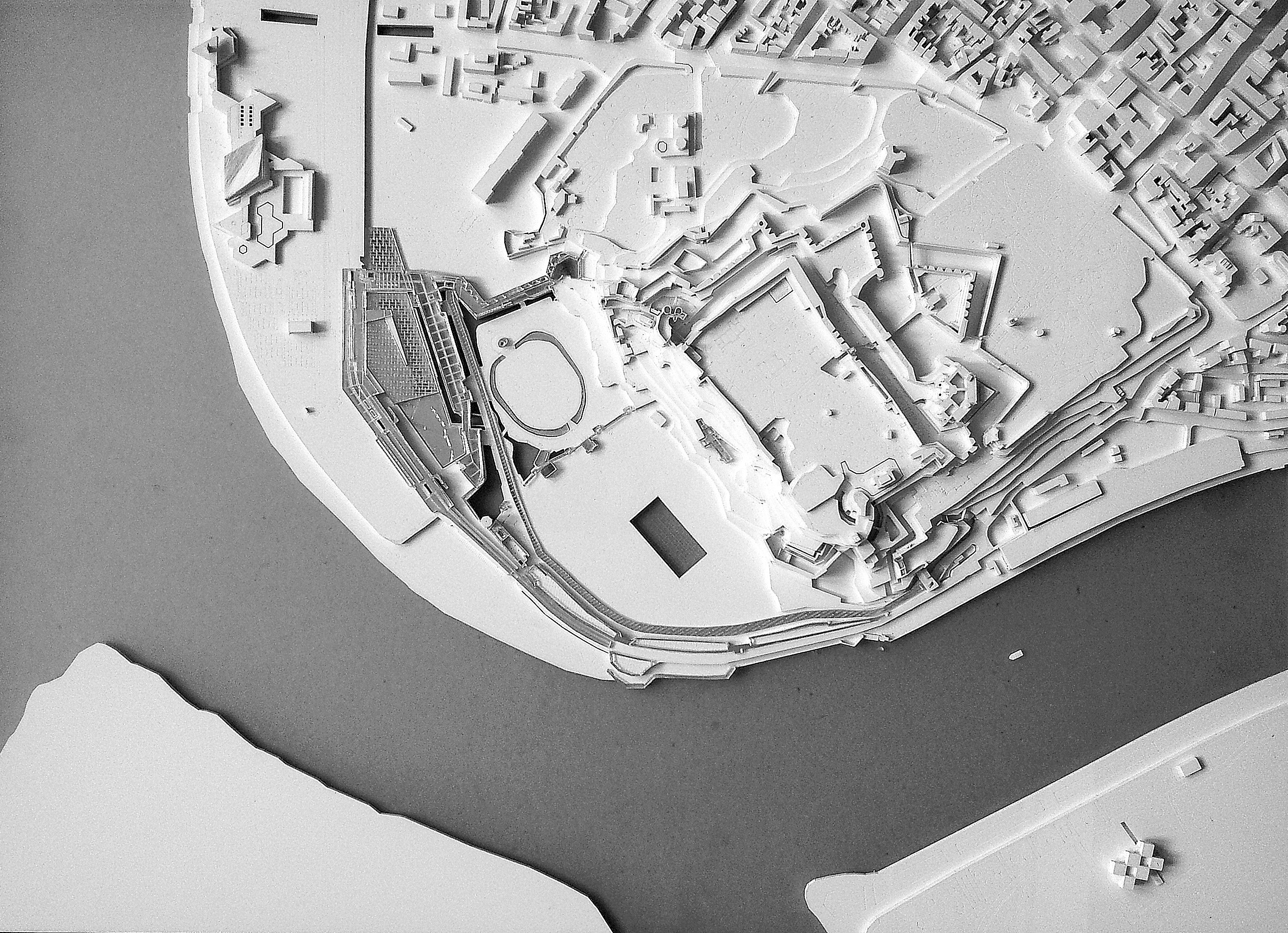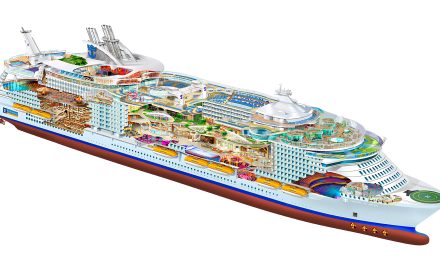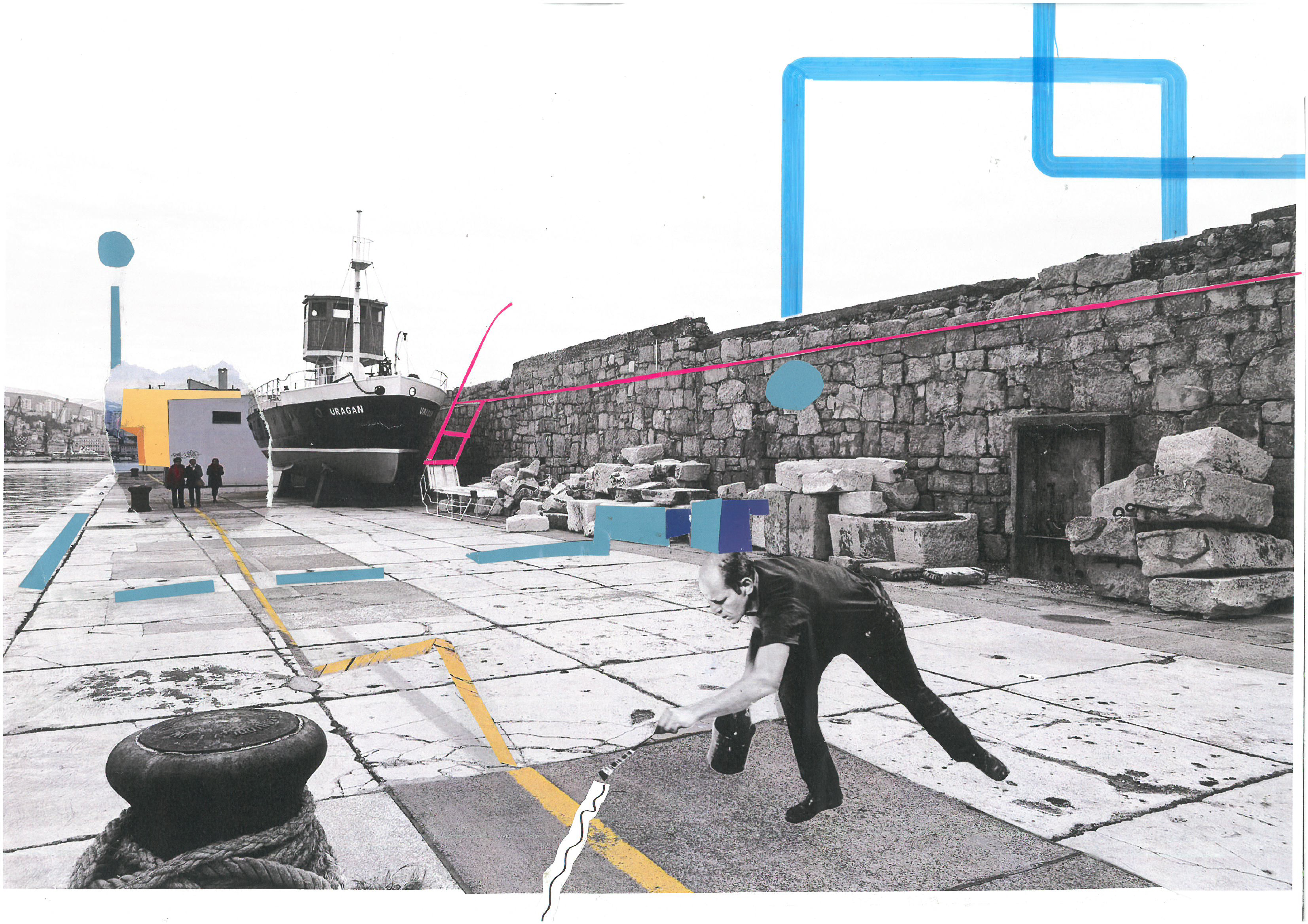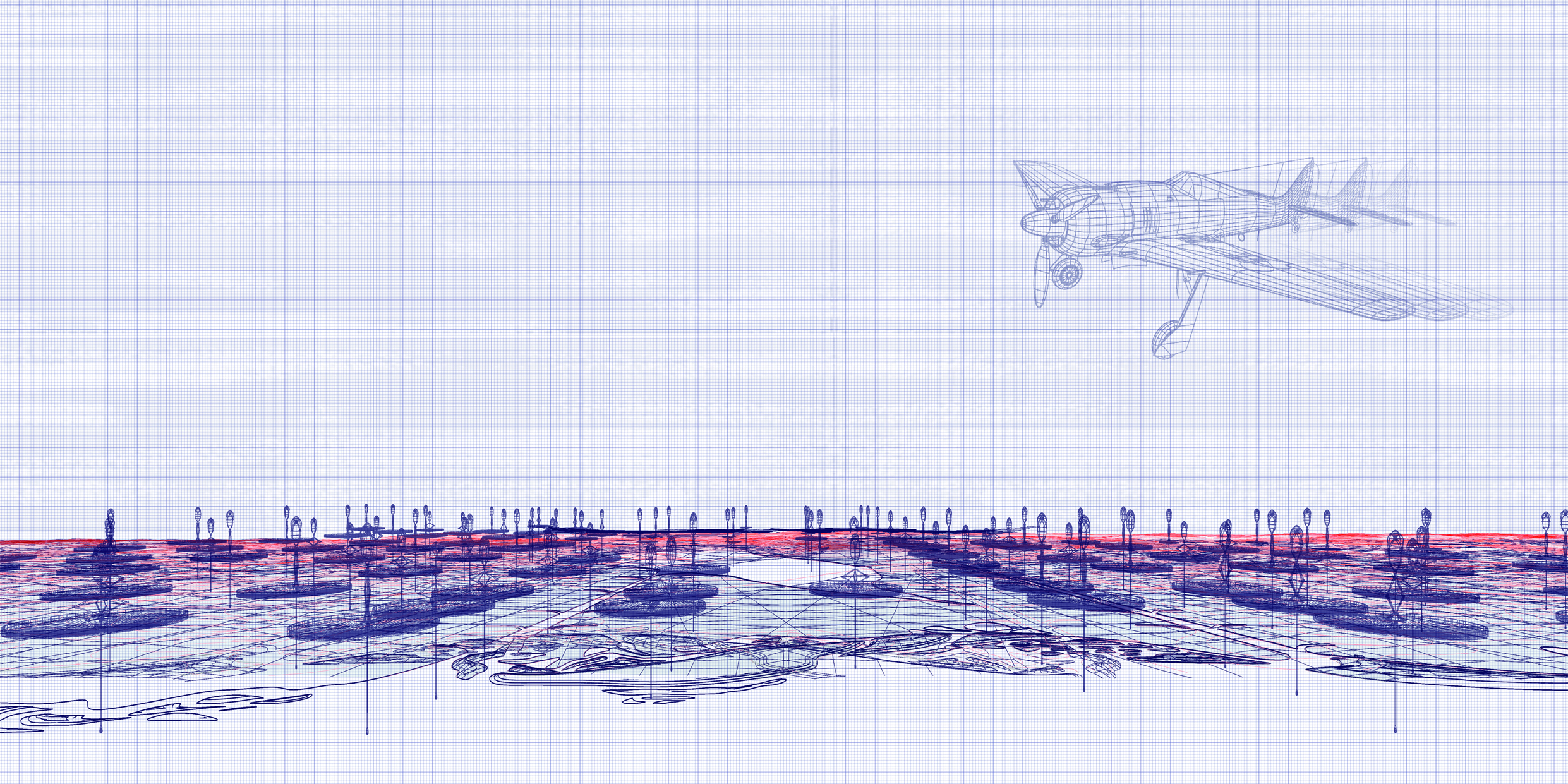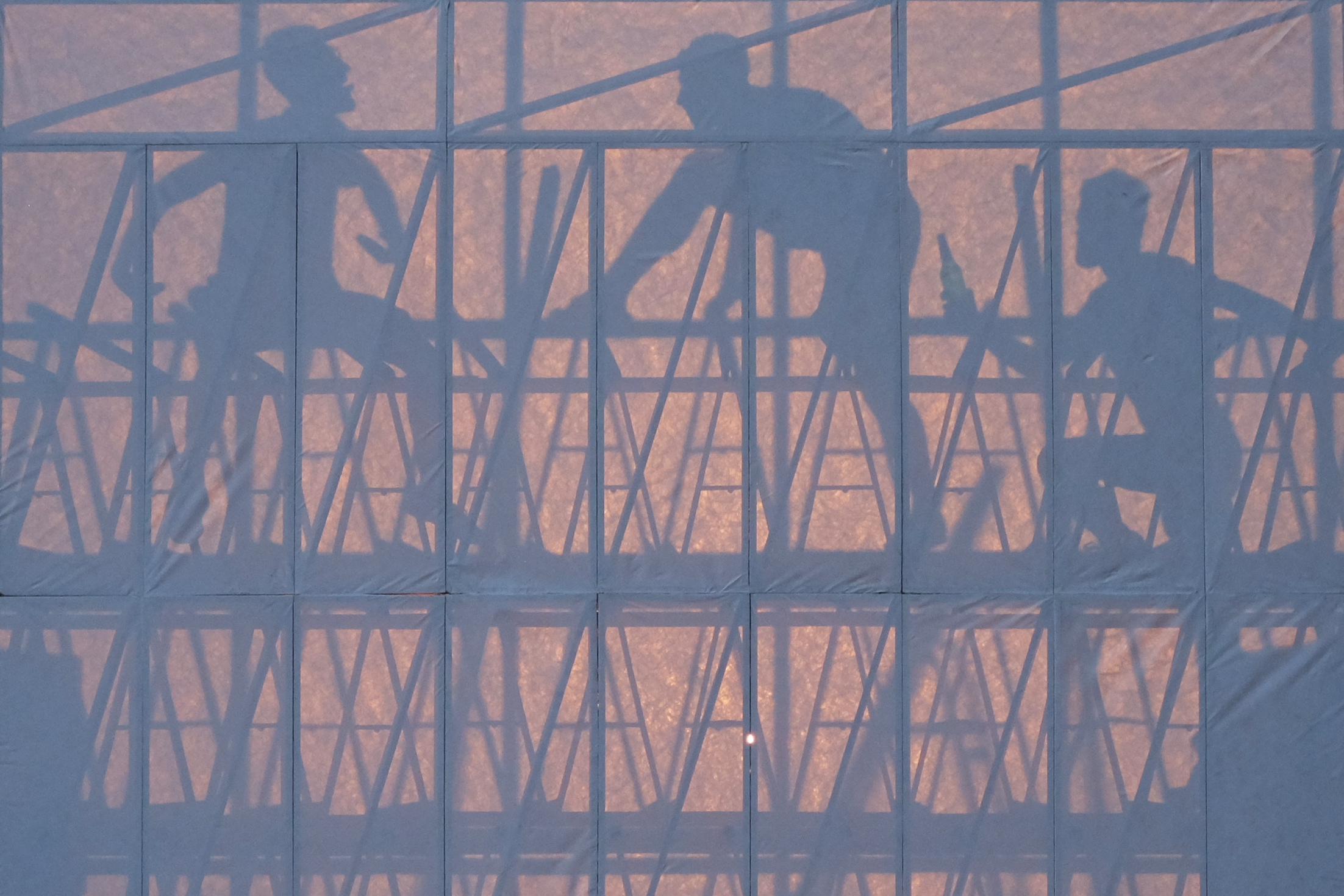Belgrade fortress as a new city epicenter – functional cultural complex of the city
The project researches possibilities of water-watching, as a way of inspiration and tools in architectural design, as well as the lasting and formatting processes in an architecture made in such a way. The chosen site is Donji [Water] grad (Lower city) of Belgrade fortress, as a place from which the city grew, city’s spring and also a place the city is bound to return to, through water. In the coastal rampart, next to the newly reconstructed Tower of Nebojša, the House of Water (Water Museum) is placed, as well as next to another building – City bath that is, along with the Museum, in part inside the embankment itself, where the city and the river collide, on their way to finally meet in the estuary.
Looking at the building spectacle – House of Water (Water Museum) as a fragment of structure or a piece of infrastructure of the city in relation to the accomplished spacial, programming or thematic frame of the project, it was meant to give back the contextual potential, with the aim of bettering the contemporary life inside the city and hope not only for a support for better contemporary way of living bat also total utility of the city life.
If the House of Water is observed as a future City museum that would use it’s spacial form to create a frame for research of spacial structure, the content, form and influence of water element in space forming, and in which the city calls for awareness about common and gives possibility of interpretation of individual in relation to the real context, that kind of house could become one of more relevant places of city’s meeting points as a new city epicenter. Respectively, the Belgrade fortress could become a new multi-functional city cultural complex that also contributes to the “hygiene” of Belgrade.
Author: Miloš Stojković
[FinalTilesGallery id=’10’]

